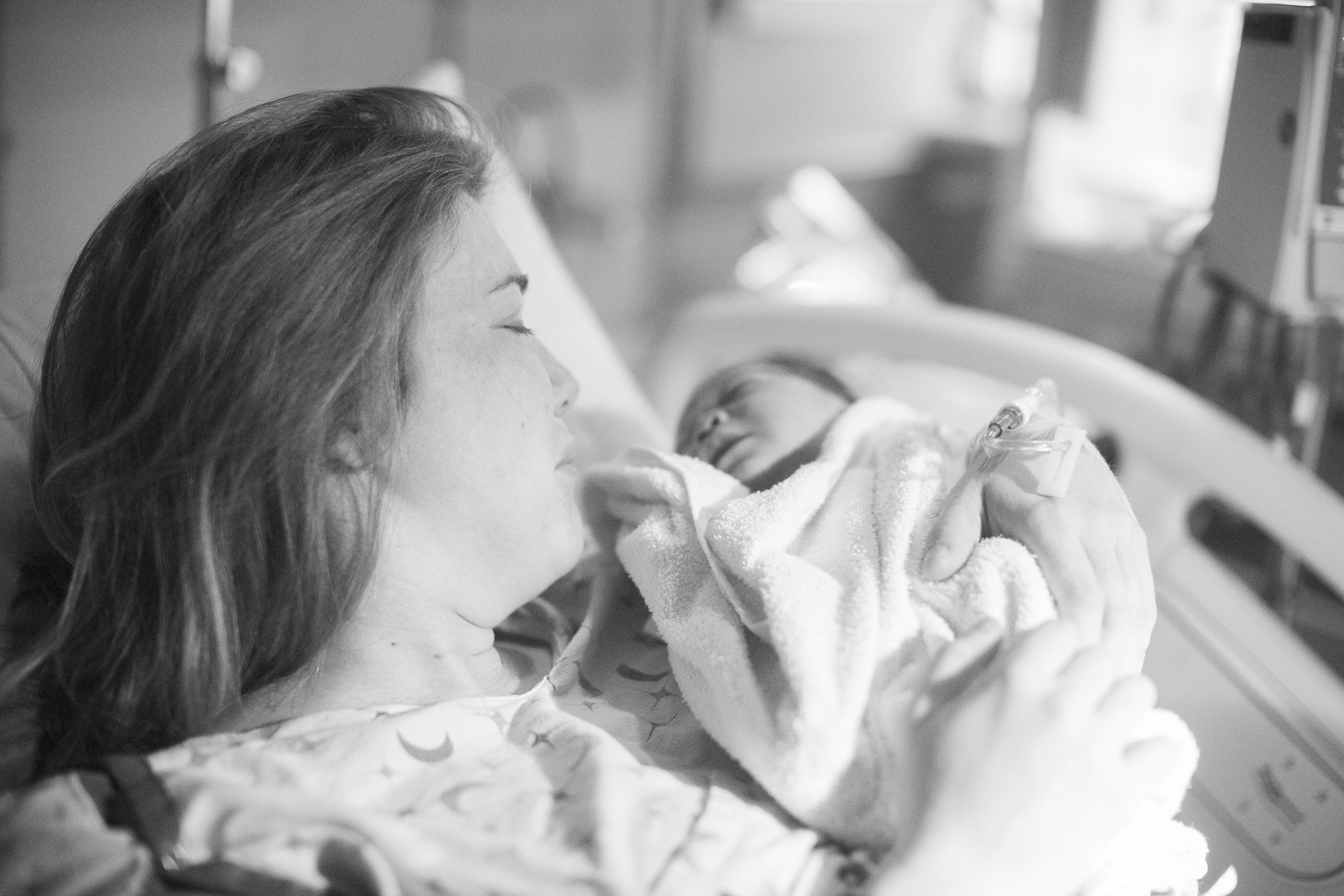The robotic-assisted technology of the Da Vinci surgical system is a minimally intrusive medical procedure. The da Vinci robotic surgery is a version of keyhole surgery. However the difference is that in normal keyhole surgery, it is the surgeon who holds the instruments, whereas in robotic surgery, the instruments are held by a robot. The surgeon sits at a console, controlling the surgery and robot indirectly. Robotic surgery overcomes the traditional disadvantages of straight stick surgery.
Below the video, you can read about the advantages of da Vinci robotic surgery, along with its applications.
da Vinci Robotic Surgery
Keyhole straight stick surgery disadvantages
- In straight stick keyhole surgery, the surgeon has to rely heavily on a highly skilled assistant. This assistant has to hold not only the camera, but also various surgical instruments.
- The surgical field is viewed the surgeon in two dimensions on the screen.
- How the surgical instruments can be moved is more limited.
- Due to a human's natural tremor, the fine dissection of bodily tissues is more challenging.
- Magnification is not as strong as with robotic surgery.
- Another human challenge is the need for excellent hand eye coordination.
How does da Vinci robotic surgery work?
This innovative technology is made up of three components: a console for the surgical team of ergonomic design, a platform with built-in screening and instrumental features, and an interactive-robotic-armed cart for the patient.
An open surgery assisted by Da Vinci robotic technology usually works like this:
Small-size instrumentation and a camera are inserted inside the patient's body in order to monitor the complete process in high resolution, with the aid of imaging magnifying and 3D features.
The surgeon comfortably sits at the console and controls the inserts via robotic arms that imitate the specialist hand motions with precision and accuracy.
During the whole procedure, the surgeon will control all movements. This means that the system cannot act in any way or be programmed without the surgeon’s input.
da Vinci robotic surgery advantages
- Surgeon´s greater capacity to move.
- Enables higher accuracy and skill
- Smaller incisions performed in less time.
- The surgical team is able to better visualise the target anatomy in the matter.
- Better access to areas that are often difficult to get into.
- Decreased bleeding and pain.
- Fewer possibilities of complications and scars.
- Patients are able to return to their normal routine in a shorter period of time.
Some of the statistical facts that prove the Da Vinci surgical systems worldwide efficiency are:
5 million medical procedures performed.
The da Vinci robotic surgery has been well documented in medical journals noting its safety and efficiency.
Surgeons count on more than 3 million satisfactory outcomes (patients intervened).
This pioneering technology has undergone a process of continuous enhancement throughout two decades, during which robotic-assisted platforms, physicians, and services have been merged into what might be the best treatment alternative for cancer, heart condition, fertility issues, and other general affected patients.
Among the many types of oncologic conditions the Da Vinci surgical system is capable to treat feature gynaecologic, colon, prostate, gastric, liver, and pancreatic cancers. This is directly linked to the use of a fluorescence imaging system that allows the identification and biopsy of sentinel nodes, which helps to establish whether cancer has disseminated into the lymphatic system or not.
This technology aims to complete successful surgeries along with virtually guaranteeing a good recovery process and a subsequent enhancement of the patient's quality of life.
Da Vinci robotic surgery implementations
Da Vinci robotic surgery can be applied in a range of surgical specialities, which include gynaecologicy, urology, cardiothoracic surgery, ENT surgery and general surgery.
Below are the gynaecological applications for da Vinci robotic surgery available in Cork
Hysterectomy – removal of the uterus
Radical hysterectomy – a more extensive hysterectomy which involves the removal of tissue either side of the cervix and the upper part of the vagina. This is performed on women with cervical cancer
Pelvic lymphadenectomy – the removal of lymph node glands that may be performed in the management of cervical and endometrial (Uterine) cancer
Trachelectomy - radical excision of the cervix for cervical cancer which is fertility preserving
Myomectomy – removal of fibroids (benign growths) from the uterus
Sacrocolpopexy and hysteropexy– surgical support procedure for prolapse
Repair or vesico vaginal fistula
Transabdominal cervical cerclage - for women with recurrent late miscarriage
Some of the above surgeries may also be performed on the larger lady. Keyhole surgery is particularly advantageous for these ladies as it reduces the postoperative complications associated with obesity
There are some women for whom robotic surgery may not be suitable, for example in women with previous multiple surgeries.
Reference for this information: http://www.robotsurgery.ie/















































